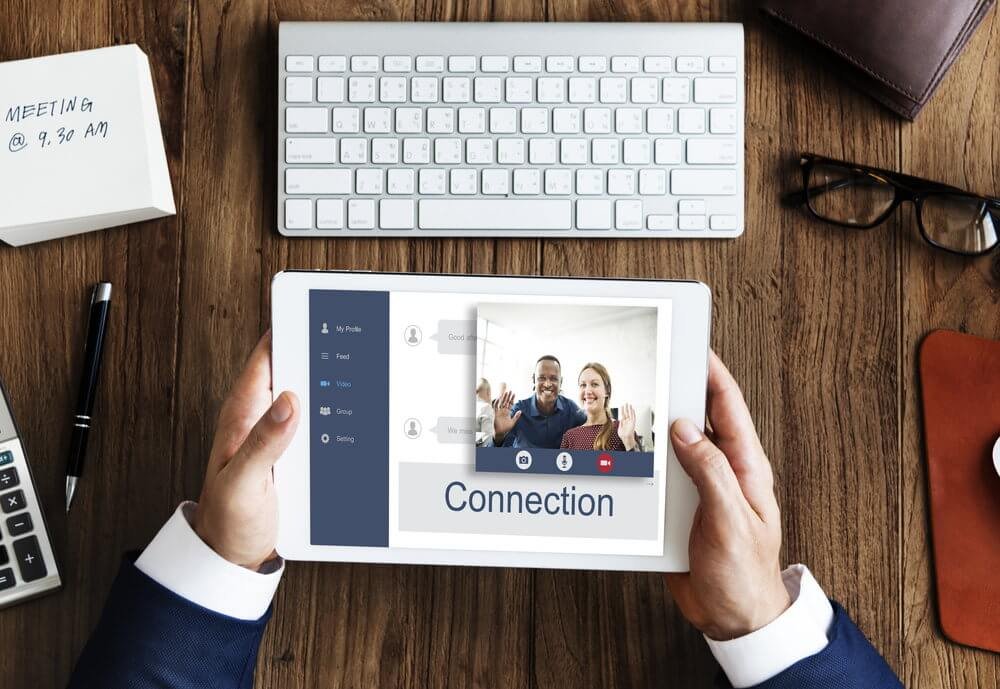5 Ways Technology Is Helping to Connect Ports

Increasingly, port environments have become complex partner networks with multiple stakeholders – port authorities, terminals, shipping lines, trucking companies, logistics providers, and off-dock storage facilities. In order to maintain a healthy balance between these partners, ports must embrace the power of platforms that support the efficient functioning of the ecosystem. These platforms are a perfect example of multistakeholder collaboration, which helps port partners to grow their businesses without adding extra infrastructure. They can also create digital-based services.
Digital twins are a great example of how digital technologies can help ports and terminals make intelligent choices. They improve decision-making and help with predictive planning. The use of artificial intelligence in port operations is improving security and tracking maintenance of ships. Using predictive analytics to forecast the need for maintenance and repairs, smart technologies can also help prevent unplanned downtime. This technology has the potential to transform the container shipping industry and create a better working environment for all participants.
Blockchain is another promising technology. By eliminating manual processes, blockchain can streamline supply chains and promote paperless transactions. This technology can help ports save hundreds of dollars per container and improve the security of cargo. The technology is also improving the efficiency of cargo handling. In fact, a number of leading European ports are currently testing blockchain technology. They hope to use the technology to replace paper-based bills of lading with digital versions.
With the growing use of technology and a shift to the digital mindset, smart ports are becoming even more essential. These technologies can boost productivity, enhance customer service, and generate new revenue streams. It is difficult to know where to start with these technologies, however. But identifying key strategic issues and gaps can provide a good starting point. There are many examples of smart-port technologies, which help ports improve their business processes.
Smart Ports –
Level 4 ports are highly connected and smart. They can serve as innovation incubators and help other ports move toward Smart Ports. While these ports are well-positioned to lead this transition, they should also continue to evolve their strategies. Different ports have different initiatives, and some may not work for another. Ports must identify their pain points and areas where they are losing value and develop solutions that can improve their operations while reducing their environmental impact.
Smart connected products –
Increasingly, smart connected products are being developed in every manufacturing sector. One example is Schindler’s PORT Technology, which can predict demand patterns and assign the fastest-running elevator to meet demand. Similarly, smart grid technology developed by ABB lets utilities analyze huge amounts of real-time data and make adjustments before a potential overload causes a blackout. Its widespread implementation is improving lives around the world.
Cloud Computing –
More cloud-based technologies are being utilized in maritime logistics. Using cloud-based services, maritime stakeholders can manage their IT infrastructure more effectively. This saves them both money and resources. By using cloud-based services, they can access real-time data from anywhere in the world. Moreover, cloud computing provides real-time data for all stakeholders – from ship owners and maintenance providers to port operations.






